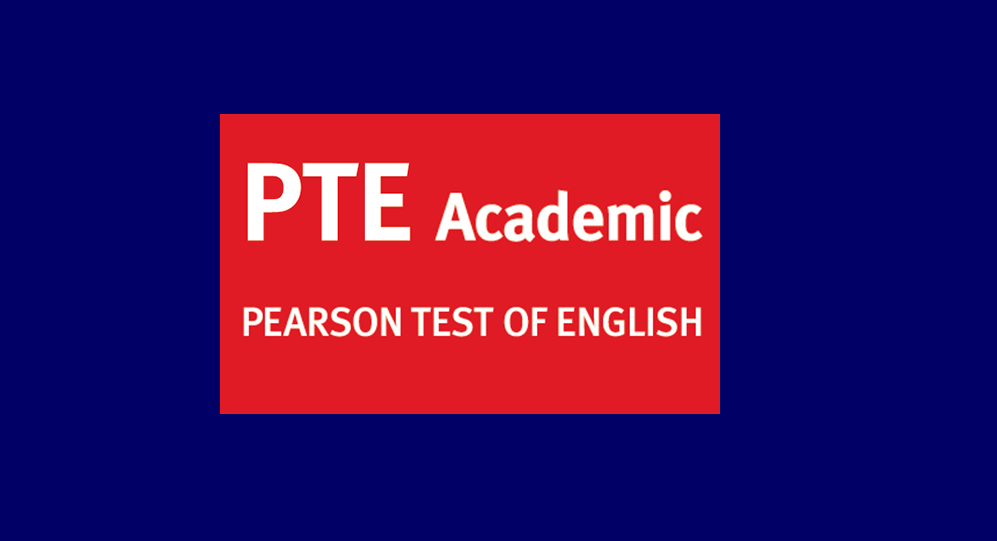Peter Hurley, Victoria University
A series of recent announcements about Australia’s borders reopening mean there is hope of an end to the crisis in our international education sector.
But there is still a long way to go. Over 145,000 international student visa holders are stuck overseas. It is still unclear when and how these students may be able to enter Australia.
Even if they do arrive in time for the start of the 2022 academic year, this won’t overcome the issue of the “pipeline” effect. Disruptions to the flow of new students over the past two years will have a long-term impact.
International students normally study for two to four years. It can take some time for enrolments to return to previous levels as missed or reduced intakes work their way through the system. 
Read more:
As international students start trickling back, the new year will be crunch time
Where are we now?
Since March 2020, the number of international student visa holders has fallen by 205,854, or 33.5%, according to the most recent government data.
Complicating this picture is that many international students will be studying offshore because of the closed borders.
The chart below shows the number of international student visa holders in Australia and outside for every week since March 2020.
By October 2021, the number of international student visa holders in Australia was down to 266,000. In October 2019, before the pandemic, 578,000 international student visa holders were living in Australia.
This is a reduction of over 300,000 international students living in Australia, or about 54%.
What impacts is this having?
The halving of the number of students living in Australia will be having profound effects on those who rely on the international education sector. About 60% of the economic value of international education is a result of spending in the broader economy.
We can see this impact in the latest Australian Bureau of Statistics (ABS) data. The chart below shows the quarterly value of international education since June 2019. It also includes the value of students studying online.
According to the ABS, the value of the onshore international education sector was A$5.5 billion in the June 2021 quarter, compared to $9.1 billion in the June 2019 quarter. While the growth in online learning has partly offset the losses, it is not enough to make up for the overall fall in international student revenue.
What about the pipeline effect?
The stock of students is constantly changing as students finish their courses and new ones begin their studies.
One of the biggest challenges facing the sector is the impact of the pipeline effect – a disruption to the flow of new students takes some time to work its way through the pipeline.
International students often progress from pathway courses, such as an English language or preparatory course, to studying a diploma or a degree at an education institution.
For instance, in 2020, about 62% of Chinese international students completed a pathway course before enrolling in higher education for the first time.
Read more:
Australia’s multilingual identity is an asset for selling our English-language teaching to the world
This partly explains why year-to-date enrolments of Chinese students at universities have fallen only 8% in 2021 compared to 2019, while the number of Chinese international students holding higher education visas has fallen by about 30%.
Many of the students now starting higher education courses were already working their way through the pipeline when borders closed. They have progressed from a pathway course to a higher education course.
If new international students enrol once borders reopen, many of them will again need to progress through this pipeline.
And will the flow of new international students make up for the currently enrolled students who are finishing their courses? If not, total student numbers will continue to fall.

Shutterstock
Why is this important anyway?
Revenue from international education has been an important part of how Australia resources its tertiary education system for 30 years.
International students generally pay higher fees than local students. This enables universities to supplement the income they receive from local students.
Read more:
Our unis do need international students and must choose between the high and low roads
As international students return to Australia, there is a case for a more managed policy environment.
For instance, international students are highly concentrated in certain courses and institutions. In 2020, Group of Eight universities received over 50% of the $9 billion the university sector collected in international student revenue.
In the vocational education and training sector, only 4.7% of international VET students enrol at public providers. This means TAFE institutions miss out on important revenue streams. Domestic students at TAFEs also miss out on the benefits of interacting with international students.
The complex link between the migration and education system can also mean some students cycle through cheap courses to maintain their visa status.
The prospect of growth is returning to the international education sector. Now is the time to plan how to manage that growth. It needs to be done in a way that is sustainable and protects everyone’s investment in the sector, especially the investment international students make.![]()
Peter Hurley, Policy Fellow, Mitchell Institute, Victoria University
This article is republished from The Conversation under a Creative Commons license. Read the original article.











